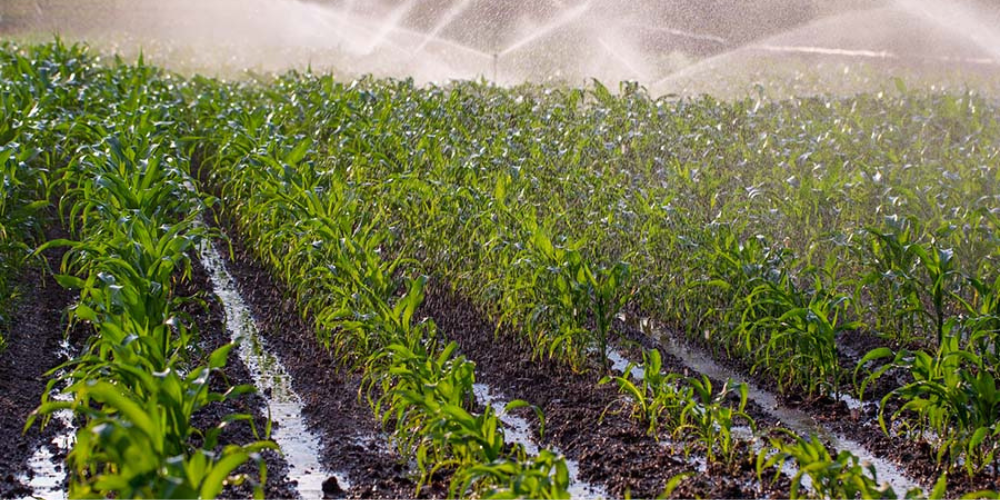Application and uses of the plastic catch basins and storm drain in homes
Application:
Plastic catch basins can be used in a variety of applications around the home to manage drainage and prevent water damage. Here are a few common applications of plastic catch basins in homes:
- Yard drainage: Plastic catch basins can be used in yards to collect and manage surface water runoff. They can be installed at the lowest point in the yard, or along a slope where water tends to accumulate. A grate or other cover can be used to prevent debris from entering the drainage system. Visit https://tegematerials.com/plastic-catch-basin/ for effective and wholesale supply.
- Foundation drainage: Plastic catch basins can be installed around the perimeter of a home’s foundation to collect and direct water away from the foundation. This can help prevent water damage and moisture intrusion, which can lead to mold and other issues.
- Patio and driveway drainage: Plastic catch basins can be installed in patios and driveways to manage surface water runoff and prevent standing water. They can be installed flush with the surface, or slightly below, and can be covered with a grate or other cover to prevent debris from entering the drainage system.
- Landscape drainage: Plastic catch basins can be used in landscaping to manage water runoff from plants and garden beds. They can be installed at the base of hills or slopes to collect water and prevent erosion, or around the perimeter of garden beds to collect excess water.
Nonetheless, plastic catch basins can be a cost-effective and efficient way to manage drainage in and around the home. They are easy to install and maintain, and can help prevent water damage and moisture intrusion, which can save homeowners money
Storm drains in homes
Storm drains in homes are part of a home’s drainage system that is designed to carry rainwater and other surface runoff away from the house and prevent flooding. Here are some key things to know about storm drains in homes:
- Purpose: The primary purpose of storm drains in homes is to prevent water damage to the house and the surrounding property. They are typically installed in low-lying areas or areas with poor drainage to capture and redirect water away from the house.
- Components: A typical storm drain system in a home consists of several components, including a catch basin, a drainpipe, and an outflow point. The catch basin collects the water, which is then carried away through the drainpipe and released at the outflow point.
- Maintenance: Regular maintenance of storm drains is essential to prevent clogs and backups that can lead to flooding. This includes removing debris such as leaves and dirt from the catch basin and ensuring that the drainpipe and outflow point are free of obstructions.
- Local regulations: Depending on the location of the home, there may be local regulations that govern the installation and maintenance of storm drains. It’s important to be aware of these regulations to ensure compliance and avoid fines.
- Safety: It’s important to exercise caution around storm drains, as they can be dangerous if not properly maintained. Children and pets should be kept away from storm drains, and it’s important to avoid blocking the drain with objects such as cars or trash cans.
Moreover, storm drains in homes play an important role in preventing water damage and ensuring the safety of the property and its occupants. Regular maintenance and adherence to local regulations are essential to keep the system working properly.

Howar
Howar is a designer of technology products. He has always been fascinated by how things work, and he loves finding creative solutions to problems. He is constantly looking for new ways to improve his skills and learn new things. Howar is also a big fan of dogs, and he enjoys spending time with his two golden retrievers.